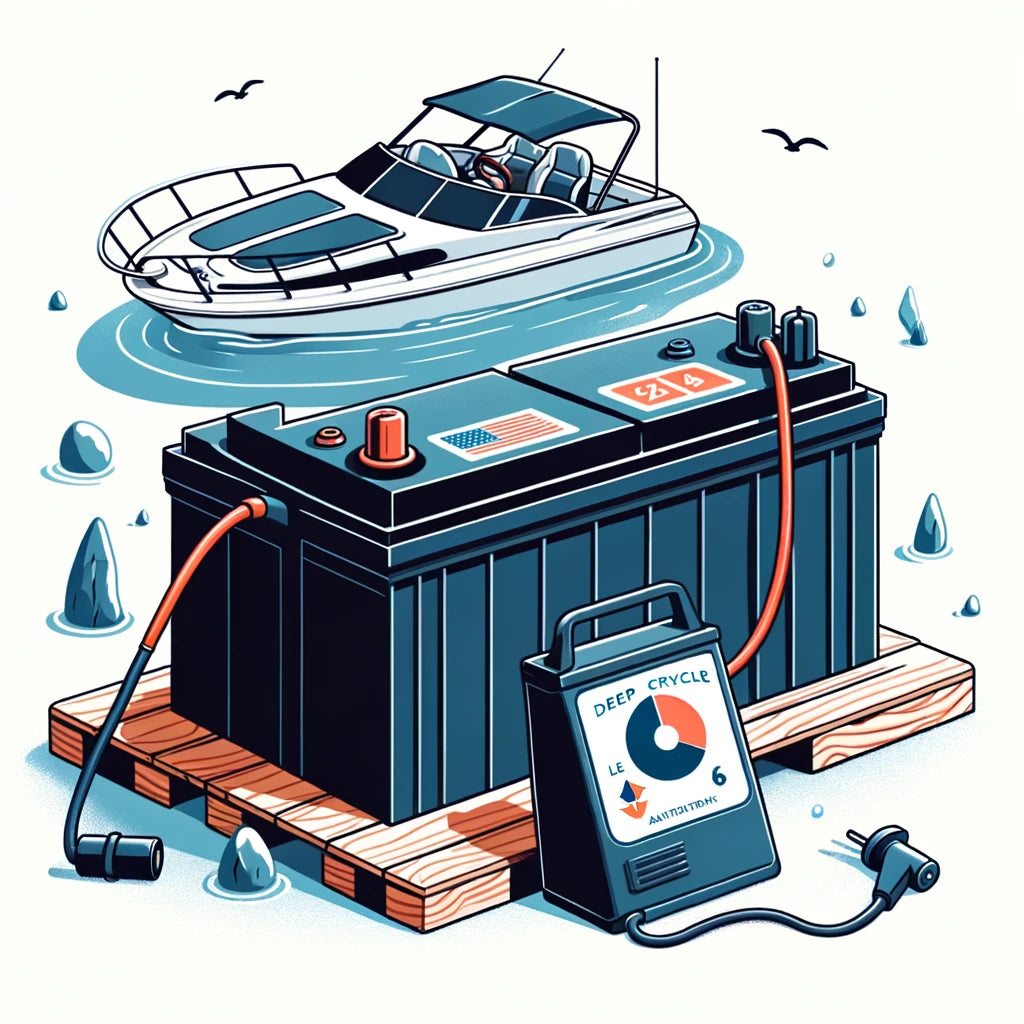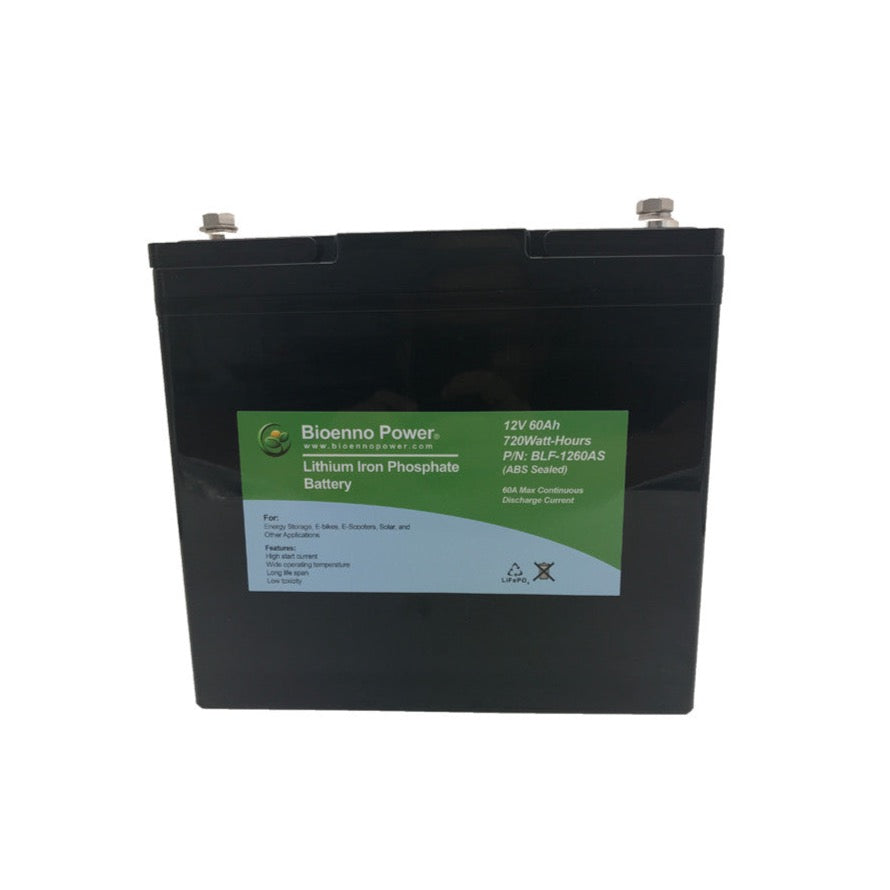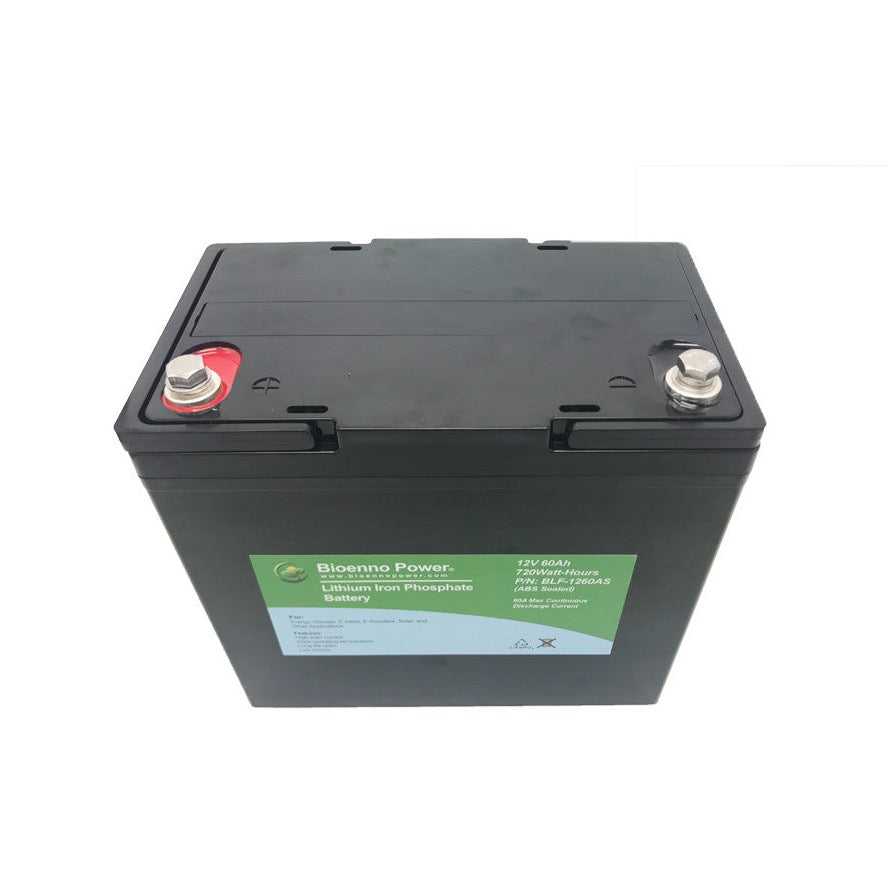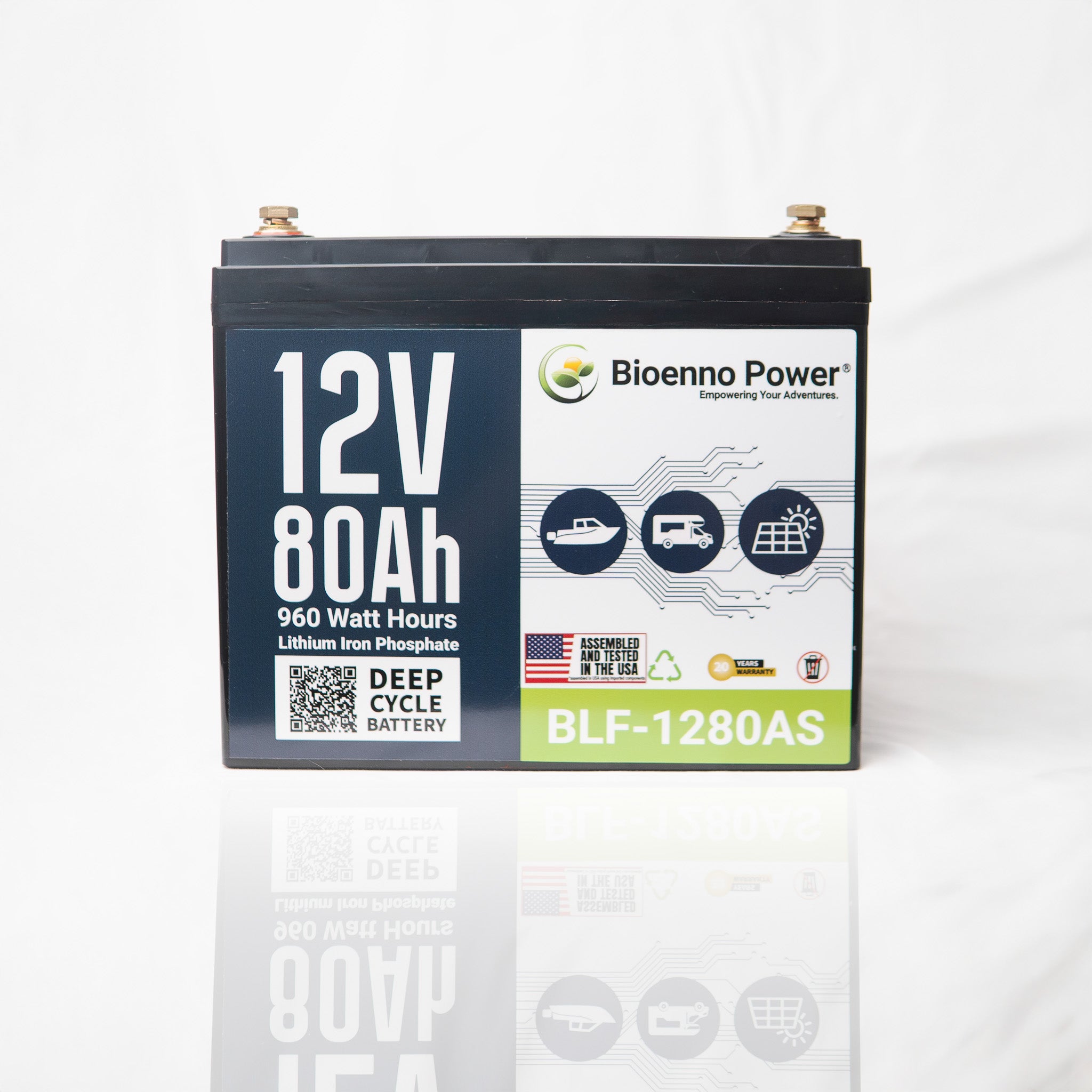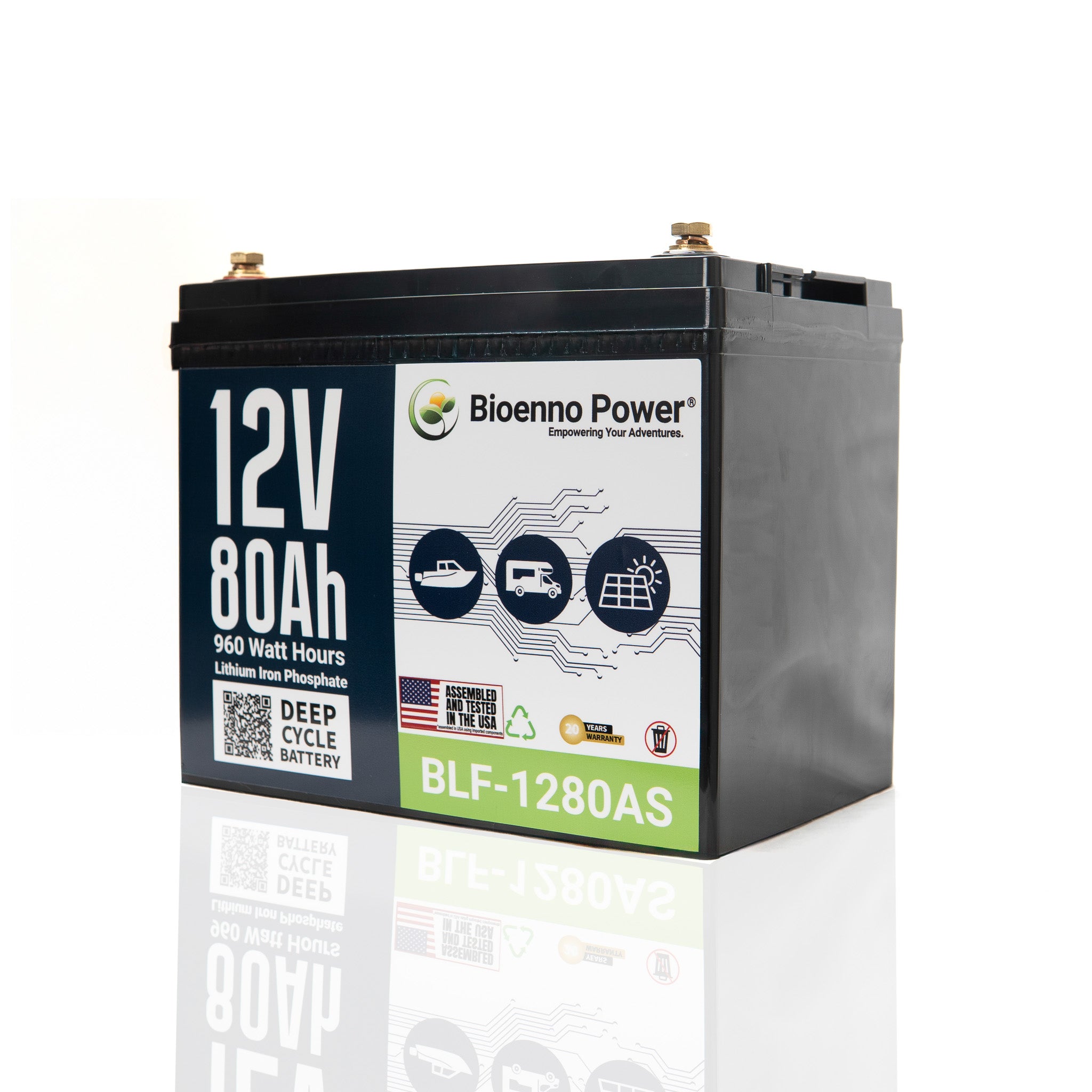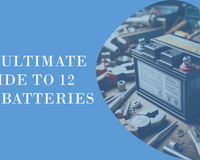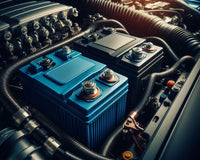Regular maintenance is key to ensuring the longevity and optimal performance of your deep cycle marine battery. In this guide, we'll explore the essential steps to maintaining your battery and ensuring it serves you well for the long haul.
Understanding Deep Cycle Marine Batteries
Before reviewing maintenance, it's important to understand deep cycle marine batteries. Unlike starter batteries, which are designed for short bursts of high energy, deep cycle batteries provide a more sustained power output over an extended period. They're the lifeline of your boat, camper, or off-grid setup, powering everything from lights to appliances.
Regular Inspection and Cleaning

Visual Inspection Matters
Regular visual inspections are the first line of defense in battery maintenance. Check for any signs of corrosion, loose connections, or physical damage. Addressing these issues promptly can prevent more significant problems down the line.
Clean Connections for Optimal Performance
Clean and secure connections are crucial for the efficiency of your deep cycle marine battery. Use a mixture of baking soda and water to clean terminals and cable connections, ensuring a solid electrical connection.
Charging Best Practices
Charge Smart, Charge Right
Proper charging is paramount for extending the life of your deep cycle battery. Avoid deep discharges, as they can significantly impact battery health. Invest in a quality marine battery charger and follow the manufacturer's recommendations for charging cycles.
Avoid Overcharging
Overcharging is a common culprit behind premature battery failure. Invest in a charger with an automatic shutoff feature to prevent overcharging. This ensures your battery is always ready without risking damage.
Storage Tips
Prepare for Storage
When preparing for extended storage, taking the necessary steps to preserve your deep cycle marine battery is crucial. Begin by fully charging the battery before storage. A fully charged battery is better equipped to withstand the natural self-discharge that occurs over time.
Disconnect to Prevent Parasitic Drains
To further protect your battery during storage, disconnect it from any devices or systems that may cause drains. Even when not in use, some electrical components draw small amounts of power. This can lead to a partially or fully discharged battery when you return.
Ideal Storage Conditions
The right storage conditions are vital for maintaining your deep cycle marine battery's performance and lifespan. Store the battery in a cool, dry place, away from direct sunlight and extreme temperatures. Exposure to heat or cold can affect the chemical reactions within the battery, impacting its overall health.
Consider Using a Battery Maintainer
For added protection during storage, consider using a battery maintainer or trickle charger. These devices provide a low, steady charge, preventing the battery from discharging excessively. This also ensures it stays in optimal condition. Battery maintainers are especially useful for long-term storage periods, such as during the winter months.
Deep Cycle Battery Discharge
Monitor Discharge Levels
Regularly monitoring the depth of discharge (DoD) of your deep cycle marine battery is crucial for its overall health. Avoid allowing the battery to discharge below the recommended levels because this can lead to irreversible damage.
Equalization Charging
Periodic equalization charging is important to prevent the accumulation of sulfation. Sulfation occurs when lead sulfate crystals accumulate on the battery plates, reducing its capacity and performance. Equalization charging helps break down these crystals, ensuring the battery operates at its best.
FAQs
- How often should I visually inspect my deep cycle marine battery?
- Aim for monthly visual inspections, especially during heavy usage periods. Follow your battery manufacturers recommendations.
- Can I overcharge my deep cycle battery if I leave it connected to the charger for an extended period?
- Yes, overcharging can damage your battery. Invest in a charger with an automatic shutoff feature or have a battery with an internal BMS with overcharge protection. Follow your battery manufacturers recommendations.
- What is equalization charging, and how often should I perform it?
- Equalization charging balances the cells in your battery. It's recommended every 3-6 months, depending on usage. Follow your battery manufacturers recommendations.
- Is it necessary to disconnect my battery during storage?
- This depends on the application and setup but disconnecting prevents parasitic drains and ensures your battery is ready for use when you return.
- Can extreme temperatures affect my deep cycle marine battery?
- Yes, store your battery in a cool, dry place to maintain optimal performance.
Conclusion
Follow these guidelines and your deep cycle marine battery will continue to be a reliable power source for all your adventures. Regular maintenance ensures that you get the most out of your investment, keeping you powered up wherever your journey takes you. This article is part of an ongoing series about Marine Deep Cycle batteries. Check out our other article "Unlock the Power of Deep Cycle Marine Battery: 11 Tips for the Perfect Boating Adventure"

